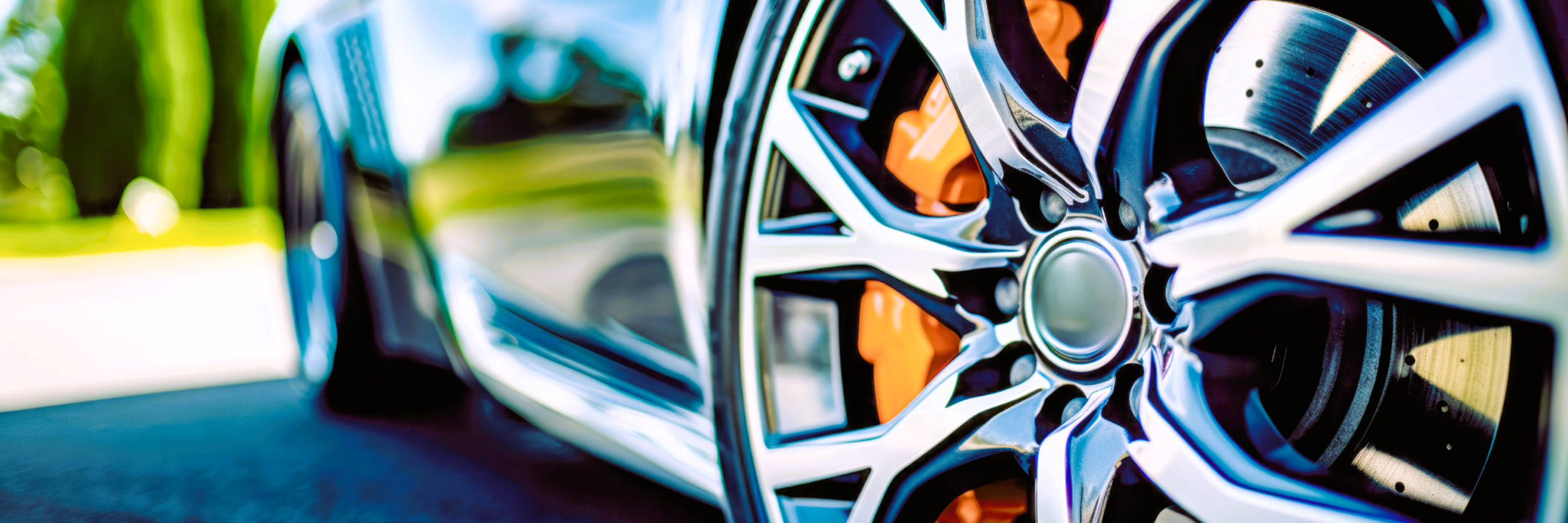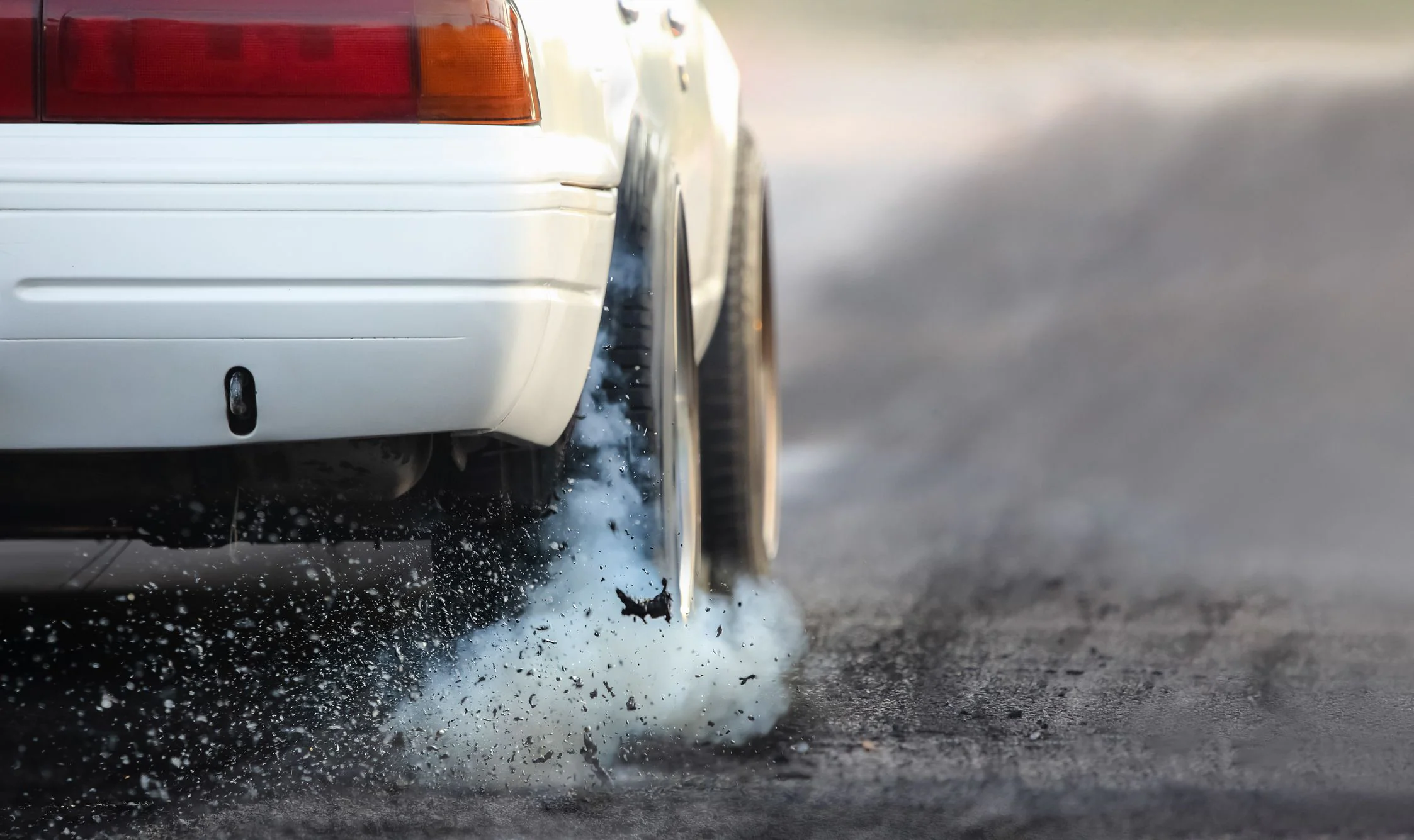For decades, brake dust was considered a simple byproduct of a working brake system—a minor nuisance that coated wheels. However, mounting scientific evidence has revealed that brake dust is a significant environmental and health pollutant.
As a result, governments in key markets are introducing stringent regulations that are fundamentally reshaping the automotive aftermarket. For manufacturers and distributors, understanding these rules is no longer just a matter of compliance—it’s a critical component of global trade strategy.
The New Reality: Why Brake Dust is Regulated
Brake dust consists of a complex mix of materials, including fine particulate matter and heavy metals such as copper, lead, and chromium.
Particulate Matter (PM2.5):
Brake dust contains high concentrations of PM2.5, tiny particles that can penetrate deep into the lungs. Exposure is linked to serious respiratory and cardiovascular diseases, making it a major public health concern.
Environmental Contamination:
Heavy metals, particularly copper, wash off roads during rainfall, contaminating water sources and threatening aquatic life. Copper is toxic to certain fish species, drawing increasing scrutiny from environmental agencies.
Regulatory Focus:
Recognizing these risks, governments are now targeting non-exhaust emissions, with brake dust at the forefront.
Key Global Regulations
The push for cleaner brake dust is creating a patchwork of standards with direct implications for global trade.
Europe: Euro 7 Standard
The proposed Euro 7 standard marks a milestone for the European market. For the first time, it sets specific limits on particulate emissions from brakes and tires, not just the exhaust. Brake pads will need to meet strict thresholds for particulate matter shedding during use.
United States: Copper-Free Mandates
Several US states, led by California and Washington, require a reduction or elimination of copper in brake pads. California mandates that all brake pads sold after 2025 contain less than 0.5% copper. Manufacturers must develop, certify, and supply compliant products to remain competitive.
Impact on Global Trade and Distribution
These regulations present both challenges and opportunities for the automotive supply chain.
Challenges for Manufacturers:
-
Investment in R&D to develop low-copper or copper-free formulations without sacrificing performance.
-
Certification hurdles for multiple markets, potentially fragmenting global product availability.
Challenges for Distributors:
-
Need to manage different inventories across regions to comply with local regulations.
-
Increased complexity in cataloging, inventory management, and supply chain logistics.
Opportunities for Forward-Thinking Businesses:
-
Manufacturers with certified, compliant products gain competitive advantage and market share.
-
Distributors can market eco-friendly brake parts as premium offerings, differentiating their brand and improving margins.
Strategic Outlook
The trend toward cleaner brake dust is global and irreversible. Markets like Europe and California are leading the way, and other countries are likely to adopt similar standards.
For businesses in the brake aftermarket, a proactive strategy is essential. This includes:
-
Robust R&D plans for low-emission products
-
Clear understanding of regulatory timelines
-
Supply chains capable of navigating market fragmentation
Conclusion: Innovate or Be Left Behind
Brake dust regulations are no longer a minor environmental concern—they are a major driver of industry change. Companies that approach these rules as opportunities for innovation will thrive in a cleaner, more competitive global marketplace.



